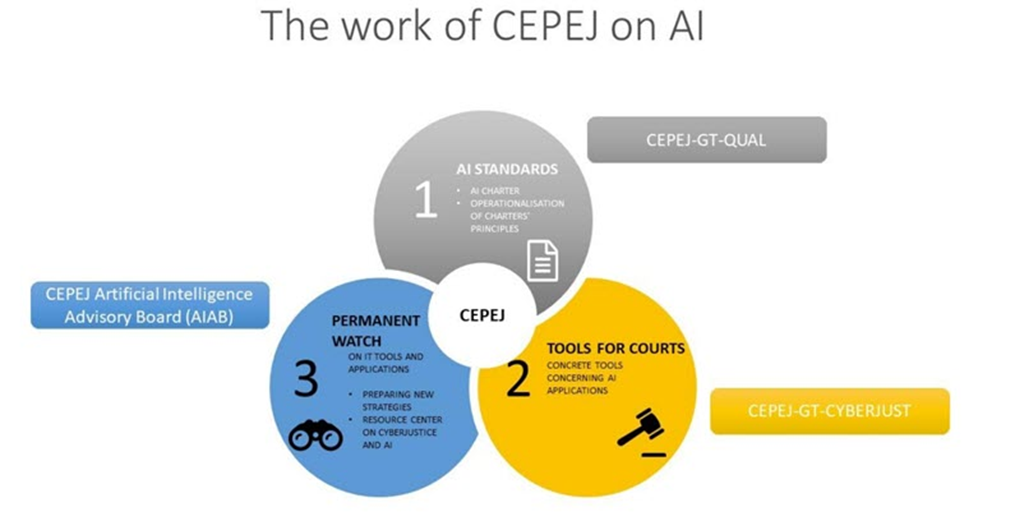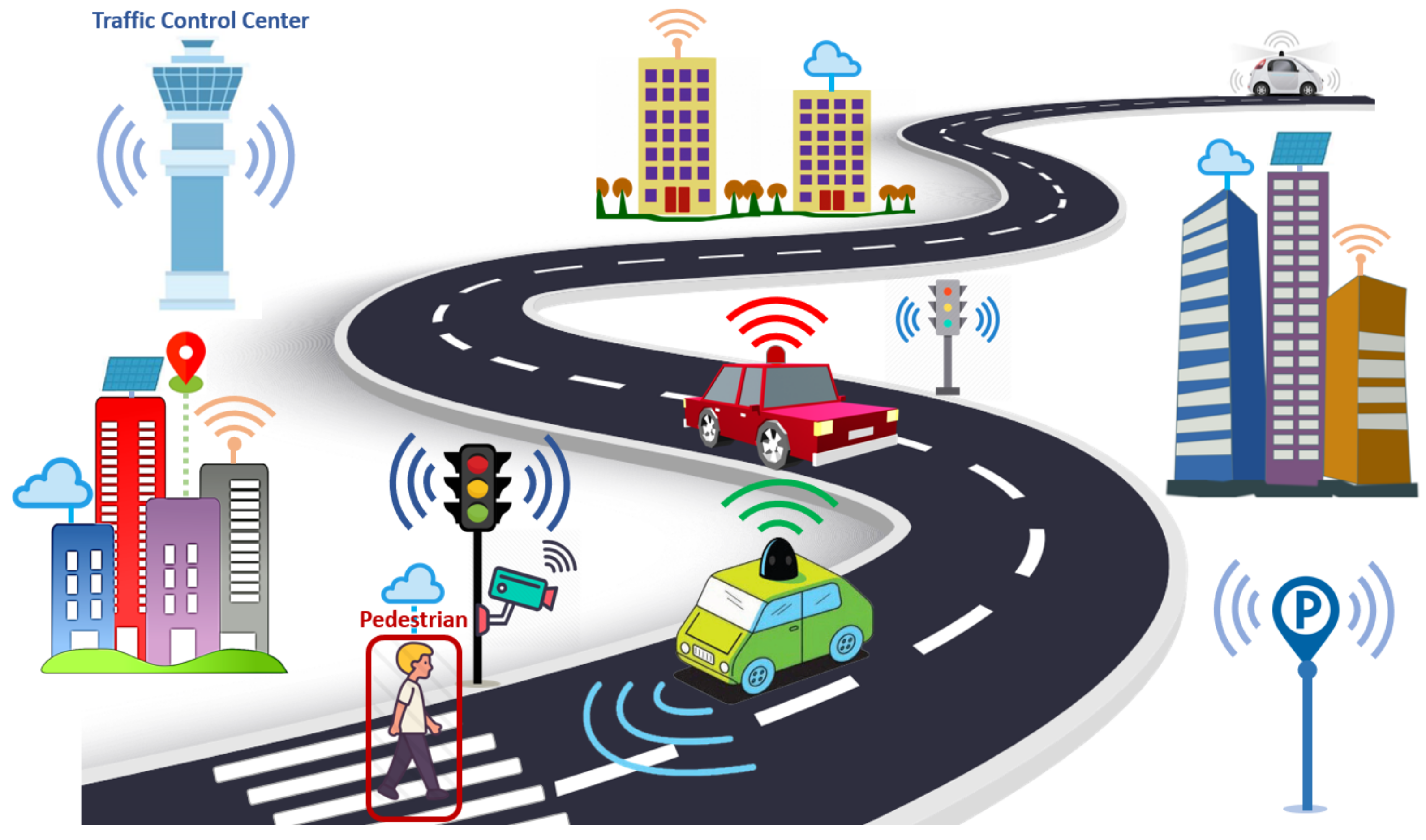The journalism landscape has undergone a profound transformation in recent years, driven by the relentless march of technology. From the advent of digital media to the rise of social networking, the way news is reported, consumed, and fact-checked has changed dramatically. One of the most remarkable innovations in this space is the integration of artificial intelligence (AI). AI is not just a buzzword; it’s a powerful tool that has the potential to revolutionize journalism.
In this article, we will explore two key aspects of AI in journalism: automated news generation and fact-checking. These are not only transforming the news industry but also raising important questions about the role of journalists and the credibility of the news we consume.
Automated News Generation
Imagine a newsroom bustling with AI algorithms and data-driven tools, producing articles at an unprecedented pace. This is the reality in many news organizations today. Automated news generation systems are capable of scanning massive amounts of data from various sources, identifying key events and trends, and producing news articles in real-time.
Speed and Efficiency
The primary advantage of AI-driven news generation is speed and efficiency. Traditional news reporting often requires journalists to sift through vast amounts of information manually, which can be time-consuming. With AI, this process is accelerated, allowing news outlets to deliver breaking news to their audiences faster than ever before.
Data-Driven Insights
AI algorithms are not only fast but also highly analytical. They can identify patterns and trends in data that might elude human journalists. This means that AI-generated news can provide deeper insights into complex issues, helping readers better understand the context and implications of a story.
Consistency and Reliability
AI doesn’t suffer from fatigue or bias, making it a consistent and reliable source of news. This consistency can be particularly important in situations where emotions and biases can cloud human judgment.
However, the rise of AI in news generation has sparked concerns about job displacement and the potential for algorithmic bias. While AI can assist in creating news content, it cannot replace the critical thinking, context, and storytelling skills that human journalists bring to the table. Therefore, the future of journalism likely lies in collaboration between humans and AI, where the strengths of each complement the other.
Fact-Checking with AI
The spread of misinformation and fake news is a pressing issue in today’s digital age. AI is emerging as a powerful tool to combat this problem by improving fact-checking processes.
Scalability
Fact-checking organizations often struggle to keep pace with the sheer volume of information circulating online. AI can help by automating the initial stages of fact-checking, such as identifying claims that need verification. This allows fact-checkers to focus their efforts on evaluating the most critical information.
Detection of Deepfakes and Manipulated Content
AI algorithms are becoming increasingly proficient at detecting deepfake videos and manipulated images, which are commonly used to spread false information. By flagging such content, AI can prevent the dissemination of fake news and protect the integrity of journalism.
Real-Time Verification
In the era of social media and instant news sharing, timely fact-checking is essential. AI systems can verify claims in real-time, allowing journalists to provide accurate information to their audience promptly.
Despite these benefits, the integration of AI in fact-checking is not without challenges. The algorithms used must be continuously trained and updated to adapt to evolving misinformation tactics. Moreover, there is a need for transparency in AI-based fact-checking processes to maintain trust with the public.
The Ethical Dimension
The use of AI in journalism also raises ethical questions. As AI systems become more involved in news production and fact-checking, concerns about transparency, accountability, and bias come to the forefront.
Transparency
News organizations must be transparent about their use of AI in news production and fact-checking. Readers have the right to know when AI is involved in the creation of news content and how it is used.
Accountability
If an AI system produces erroneous information, who is held accountable? The responsibility for ensuring the accuracy of news still ultimately lies with the news outlet, and they must be prepared to take responsibility for any mistakes made by AI algorithms.
Bias
AI algorithms are only as good as the data they are trained on. If the data used to train these algorithms contains biases, it can lead to biased news reporting. News organizations must be diligent in addressing and mitigating bias in their AI systems.
The Future of Journalism
The integration of AI in journalism is not about replacing human journalists but enhancing their capabilities. AI can assist in speeding up news production, providing data-driven insights, and fact-checking in real-time. However, the ethical use of AI is paramount, and transparency and accountability are essential.
As AI technology continues to evolve, the role of journalists will also evolve. Journalists will increasingly work alongside AI systems, using them as tools to amplify their reporting and fact-checking capabilities. This collaboration has the potential to lead to more accurate, timely, and informative journalism.
In conclusion, AI is reshaping journalism in profound ways. From automated news generation to fact-checking, AI is proving to be a valuable asset in the newsroom. However, the responsible use of AI and the preservation of journalistic ethics are vital to ensure that journalism remains a trusted source of information in an increasingly digital and automated world. The future of journalism is not AI replacing humans, but humans and AI working together to deliver news that is fast, accurate, and trustworthy.






